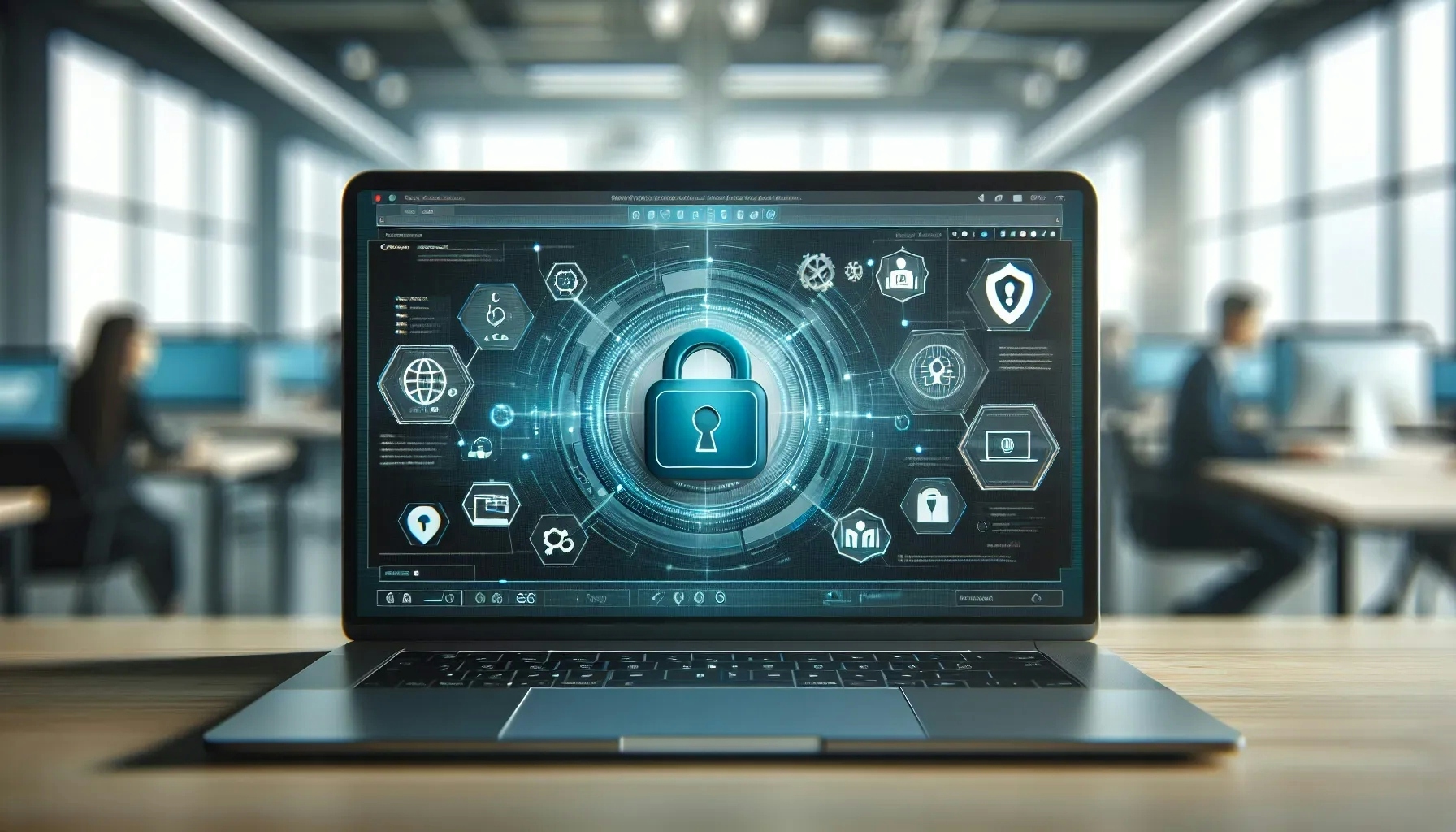How Can Cybersecurity Training Be Tailored for Non-Technical Staff?
In the quest to forge a cybersecurity-aware culture, we've gathered insights starting from a CEO who implemented interactive training scenarios, to a diverse array of additional answers that reflect the multifaceted approach necessary for educating non-technical staff. These perspectives range from leveraging plain language explanations to integrating daily online behavior into cyber lessons. Here's how industry leaders and contributors alike are customizing cybersecurity training to be accessible and engaging for all employees.
- Interactive Cybersecurity Training Scenarios
- Cybersecurity in Plain Language
- Accessible Cybersecurity for Recruiters
- Visual Aids Simplify Cyber Concepts
- Gamification Enhances Cyber Training
- Mnemonic Devices for Password Retention
- Role-Based Adaptive Learning Modules
- Link Cyber Lessons to Daily Online Behavior
Interactive Cybersecurity Training Scenarios
We refined complex security protocols into interactive and relatable scenarios, allowing staff to see themselves in the picture—not just as potential targets but as proactive defenders of the company's digital fortitude. The training was replete with real-life examples, straightforward dos and don'ts, and hands-on simulations that transformed abstract threats into tangible learning experiences. Most importantly, we promoted an ongoing dialogue, welcoming questions and suggestions, demystifying cybersecurity, and embedding a culture of collective vigilance.

Cybersecurity in Plain Language
Let's keep it accurate and straightforward when discussing cybersecurity with our team. There is no need for confusing tech-speak—we want everyone on board. It's like explaining something to a friend, not a computer genius. So, we're tossing out the techy terms and giving it to you straight, like breaking down a big idea into smaller, manageable pieces. Whether it's about keeping your passwords strong or steering clear of online trickery, we're talking in a language that makes sense to everyone, not just the tech whizzes. The idea is to make our team feel like cybersecurity pros without the headache of decoding complicated words. Think of it as a friendly chat where everyone leaves feeling confident and ready to tackle any digital challenge that comes their way.

Accessible Cybersecurity for Recruiters
Since our recruiters handle sensitive talent data, comprehensive yet digestible cybersecurity training proves crucial. We tailored programs balancing accessibility with the appropriate technical detail. Illustrating threats through relatable phishing simulations resonated strongly. Exploring prevention through password managers and automatic updates clicked with many, too. Discussing response protocols for potential exposure incidents via internal ticketing systems also granted comfort. Throughout, encouraging peer discussion sparked meaningful reinforcement beyond the slides alone. Meeting non-technical staff where they stand demystifies cyber risk and engenders shared vigilance.

Visual Aids Simplify Cyber Concepts
To effectively communicate complex cybersecurity concepts to non-technical staff, training should include visual aids and infographics. These tools can simplify intricate topics, making them more accessible. By breaking down information into visuals, staff can more easily grasp the risks and protocols related to cybersecurity.
Infographics can visually represent data flows and the impact of security breaches, fostering better understanding. To start, organizations should integrate clear and concise visuals in their training programs to better engage non-technical employees in cybersecurity awareness.
Gamification Enhances Cyber Training
Gamification is a creative approach to make cybersecurity training for non-technical staff both engaging and memorable. By integrating game-like elements, such as points, levels, and badges, into training sessions, staff are likely to find the learning process more enjoyable. This type of interactive learning encourages participation and can lead to a higher retention of cybersecurity principles.
When staff view cybersecurity training as a game, they are more motivated to learn and apply the concepts. Encourage your training team to design a gamified learning experience that non-technical staff can look forward to.
Mnemonic Devices for Password Retention
Mnemonic devices are simple yet effective tools for helping non-technical staff remember complex passwords and security protocols. For example, creating a phrase where the first letter of each word corresponds to the characters in a strong password can make it easier to recall without writing it down. Training that includes these memory aids empowers employees to create and manage their own secure passwords, which is a vital part of cybersecurity.
Mnemonic strategies anchor information in the learners' minds, making password best practices stick. Introduce mnemonic devices in your next cybersecurity workshop to help staff remember their passwords with ease.
Role-Based Adaptive Learning Modules
Cybersecurity training can be personalized for non-technical staff by developing role-based adaptive learning modules. These modules look at individual job functions and tailor the training content to the specific cybersecurity challenges and scenarios faced by those roles. This method not only makes the training relevant but also ensures that employees are learning about the threats that are most pertinent to their daily activities.
This focused approach can significantly improve the effectiveness of cybersecurity awareness across the organization. Tailor cybersecurity education to the unique responsibilities of different roles to make the learning experience more relevant and beneficial.
Link Cyber Lessons to Daily Online Behavior
Aligning cybersecurity lessons with everyday online behaviors can drastically improve the relevance and uptake of training for non-technical staff. By showcasing how good security practices can protect not only work-related activities but also personal information and activities, such as shopping online or using social media, employees are likely to become more invested in the subject matter.
Demonstrating practical applications of cybersecurity in day-to-day life can bridge the gap between the abstract concept and tangible actions. Emphasize the parallels between work and personal cyber safety in your next training session to foster a culture of security mindfulness.

